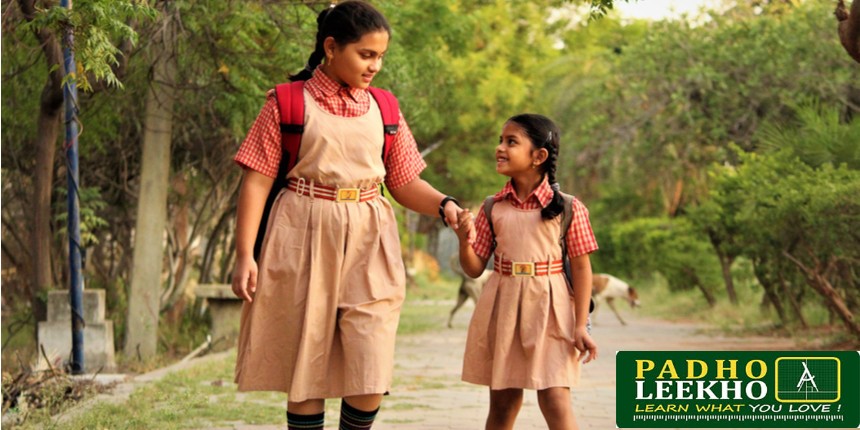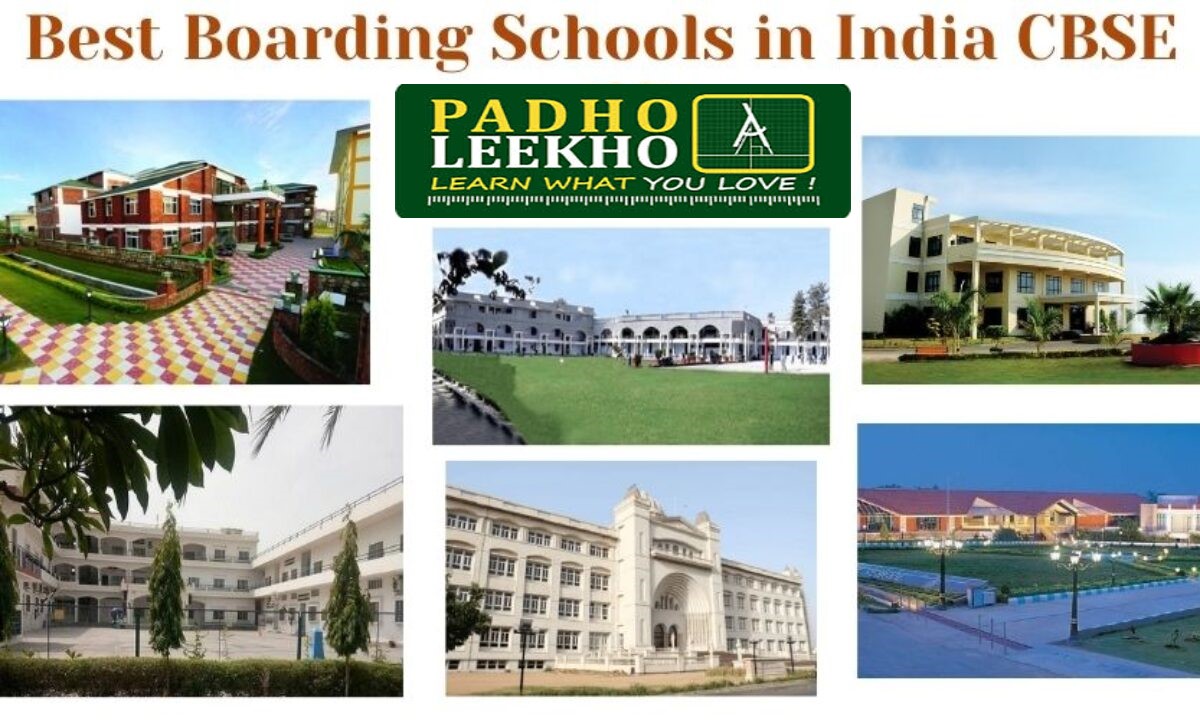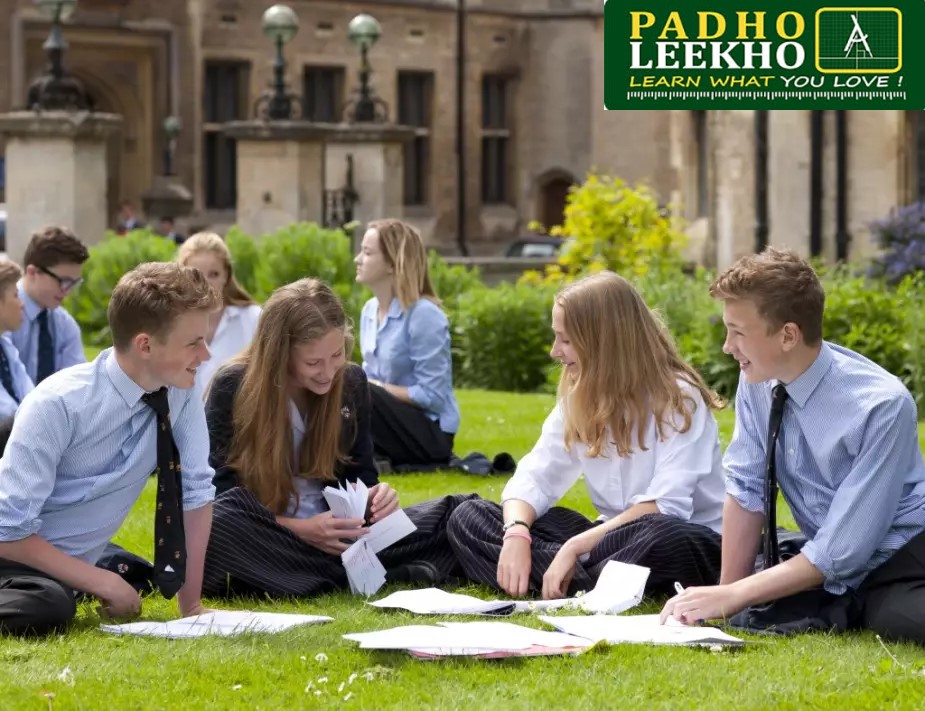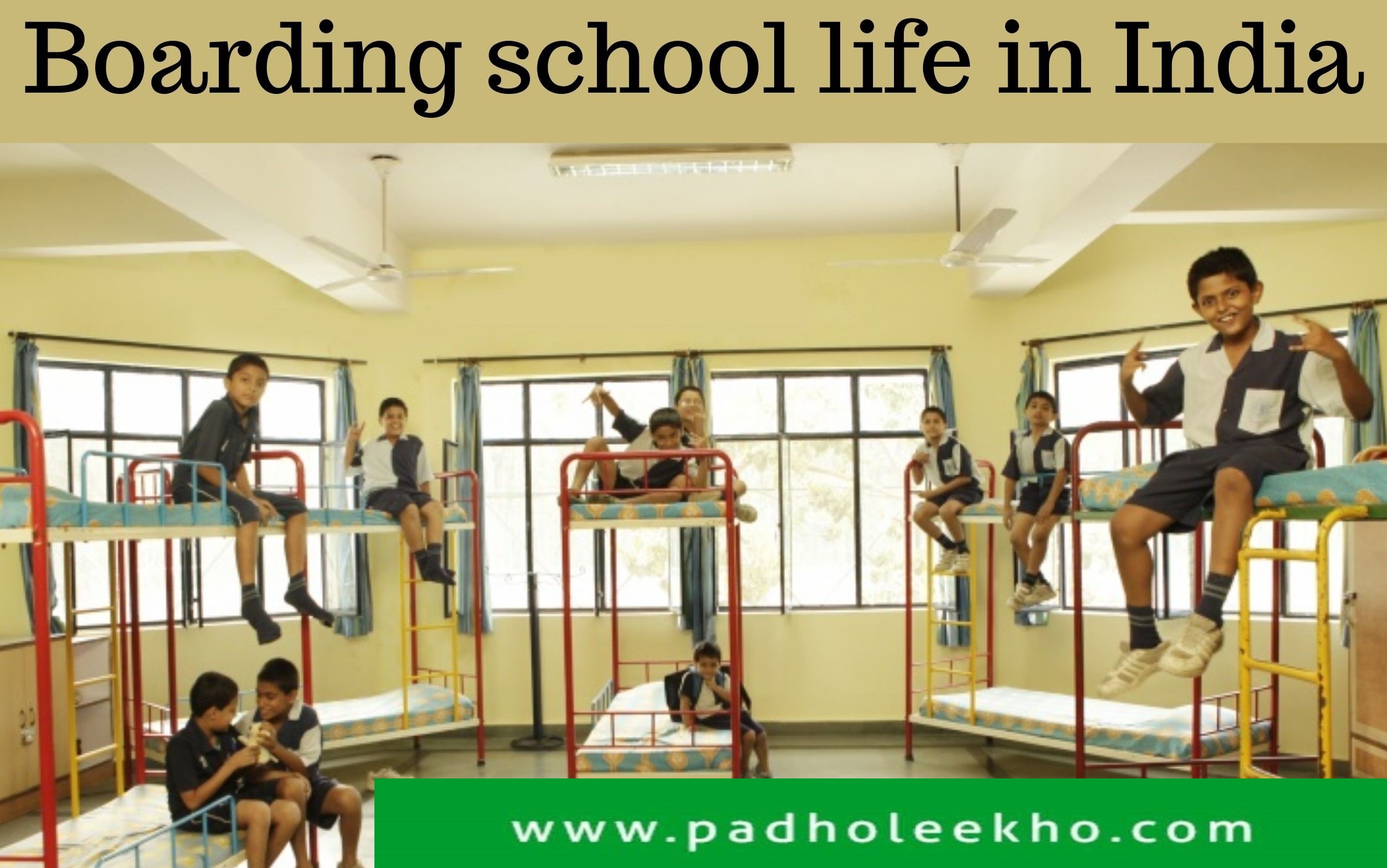The School System
India is divided into 28 states and 7 so-called “Union Territories”. The states have their own elected governments while the Union Territories are ruled directly by the Government of India, with the President of India appointing an administrator for each Union Territory. As per the constitution of India, school education was originally a state subject —that is, the states had complete authority on deciding policies and implementing them. The role of the Government of India (GoI) was limited to coordination and deciding on the standards of higher education. This was changed with a constitutional amendment in 1976 so that education now comes in the so-called concurrent list. That is, school education policies and programmes are suggested at the national level by the GOI though the state governments have a lot of freedom in implementing programmes. Policies are announced at the national level periodically. The Central Advisory Board of Education (CABE), set up in 1935, continues to play a lead role in the evolution and monitoring of educational policies and programmes.
There is a national organization that plays a key role in developing policies and programmes, called the National Council for Educational Research and Training (NCERT) that prepares a National Curriculum Framework. Each state has its counterpart called the State Council for Educational Research and Training (SCERT). These are the bodies that essentially propose educational strategies, curricula, pedagogical schemes and evaluation methodologies to the states’ departments of education. The SCERTs generally follow guidelines established by the NCERT. But the states have considerable freedom in implementing the education system.
The National Policy on Education, 1986 and the Programme of Action (POA) 1992 envisaged free and compulsory education of satisfactory quality for all children below 14 years before the 21st Century. The government committed to earmark 6% of the Gross Domestic Product (GDP) for education, half of which would be spent on primary education. The expenditure on Education as a percentage of GDP also rose from 0.7 per cent in 1951-52 to about 3.6 per cent in 1997-98.
The school system in India has four levels: lower primary (age 6 to 10), upper primary (11 and 12), high (13 to 15) and higher secondary (17 and 18).
The lower primary school is divided into five “standards”, upper primary school into two, high school into three and higher secondary into two. Students have to learn a common curriculum largely (except for regional changes in mother tongue) till the end of high school. There is some amount of specialization possible at the higher secondary level. Students throughout the country have to learn three languages (namely, English, Hindi and their mother tongue) except in regions where Hindi is the mother tongue and in some streams as discussed below.
There are mainly three streams in school education in India. Two of these are coordinated at the national level, of which one is under the Central Board of Secondary Education (CBSE) and was originally meant for children of central government employees who are periodically transferred and may have to move to any place in the country. A number of “central schools” (named Kendriya Vidyalayas) have been established for the purpose in all main urban areas in the country, and they follow a common schedule so that a student going from one school to another on a particular day will hardly see any difference in what is being taught. One subject (Social Studies, consisting of History, Geography and Civics) is always taught in Hindi, and other subjects in English, in these schools. Kendriya Vidyalayas admit other children also if seats are available. All of them follow textbooks written and published by the NCERT. In addition to these government-run schools, a number of private schools in the country follow the CBSE syllabus though they may use different text books and follow different teaching schedules. They have a certain amount of freedom in what they teach in lower classes. The CBSE also has 141 affiliated schools in 21 other countries mainly catering to the needs of the Indian population there.
The second central scheme is the Indian Certificate of Secondary Education (ICSE). It seems that this was started as a replacement for the Cambridge School Certificate. The idea was mooted in a conference held in 1952 under the Chairmanship of Maulana Abul Kalam Azad, the then Minister for Education. The main purpose of the conference was to consider the replacement of the overseas Cambridge School Certificate Examination by an All India Examination. In October 1956 at the meeting of the Inter-State Board for Anglo-Indian Education, a proposal was adopted for the setting up of an Indian Council to administer the University of Cambridge, Local Examinations Syndicate’s Examination in India and to advise the Syndicate on the best way to adapt its examination to the needs of the country. The inaugural meeting of the Council was held on 3rd November, 1958. In December 1967, the Council was registered as a Society under the Societies Registration Act, 1860. The Council was listed in the Delhi School Education Act 1973, as a body conducting public examinations. Now a large number of schools across the country are affiliated to this Council. All these are private schools and generally cater to children from wealthy families.
Both the CBSE and the ICSE council conduct their own examinations in schools across the country that are affiliated to them at the end of 10 years of schooling (after high school) and again at the end of 12 years (after higher secondary). Admission to the 11th class is normally based on the performance in this all-India examination. Since this puts a lot of pressure on the child to perform well, there have been suggestions to remove the examination at the end of 10 years.
Exclusive Schools
In addition to the above, there are a relatively small number of schools that follow foreign curricula such as the so-called Senior Cambridge, though this was largely superseded by the ICSE stream elsewhere. Some of these schools also offer the students the opportunity to sit for the ICSE examinations. These are usually very expensive residential schools where some of the Indians working abroad send their children. They normally have fabulous infrastructure, low student-teacher ratio and very few students. Many of them have teachers from abroad. There are also other exclusive schools such as the Doon School in Dehradun that take in a small number of students and charge exorbitant fees.
Apart from all of these, there are a handful of schools around the country, such as the Rishi Valley school in Andhra Pradesh, that try to break away from the normal education system that promotes rote learning and implement innovative systems such as the Montessori method. Most such schools are expensive, have high teacher-student ratios and provide a learning environment in which each child can learn at his/her own pace. It would be interesting and instructive to do a study on what impact the kind of school has had on the life of their alumni.
State Schools
Each state in the country has its own Department of Education that runs its own school system with its own textbooks and evaluation system. As mentioned earlier, the curriculum, pedagogy and evaluation method are largely decided by the SCERT in the state, following the national guidelines prescribed by the NCERT.
Each state has three kinds of schools that follow the state curriculum. The government runs its own schools in land and buildings owned by the government and paying the staff from its own resources. These are generally known as government schools. The fees are quite low in such schools. Then there are privately owned schools with their own land and buildings. Here the fees are high and the teachers are paid by the management. Such schools mostly cater to the urban middle class families. The third kind consists of schools that are provided grant-in-aid by the government, though the school was started by a private agency in their own land and buildings. The grant-in-aid is meant to help reduce the fees and make it possible for poor families to send their children. In some states like Kerala, these schools are very similar to government schools since the teachers are paid by the government and the fees are the same as in government schools.


























